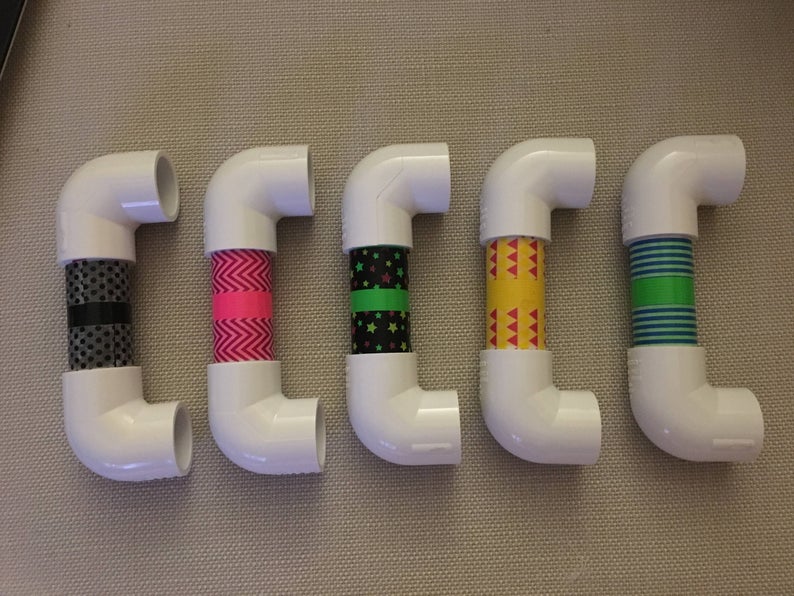MULTISENSORY ACTIVITIES
It is easier to learn phonics (what letters stand for what sounds) when the practice is kinesthetic, auditory and visual. Kinesthetic learning involves movement and touch, auditory learning involves sound, and visual learning involves sight. These three types of practice are brought together during multisensory instruction.
These activities will:
-
-
- Improve decoding skills–the ability to sound out unknown words.
- Increase sight vocabulary—the ability to recognize words instantly.
-
By giving your child this one-on-one time, you can engage more of their brain and give them a leg-up to reading success.
Tools for Multisensory Activities: Phonics Phone
This device amplifies the child’s speech and feeds it directly into their ear, with a dramatic increase in auditory stimulation and accurate processing of sounds. We use the phone because it is extremely helpful in making children aware of the individual sounds in a word. When the phone is used during multisensory practice, the result is a clear understanding of a sound and the letter(s) that represent it.
Important safety tip
Never allow your child to shout or use a loud voice when working with the phone. Use a clear, soft voice. Use the phone yourself to get an idea of how it amplifies speech as this will help you monitor your child’s use of the phone.

How to Make a Phonics Phone
Two PVC pipe elbows are joined with a plastic sleeve (or taped together with a heavy tape such as plumbers or electrician’s tape). The plastic pipe and sleeves are available at hardware stores such as Home Depot.
Commercial phones are sold under the names Phonics Phone, Webber Phone and Whisper Phone.
Tools for Multisensory Activities: The Screen Board
The screen board is a great tool for doing multisensory work. A word is written on a piece of paper, slipped under the screen, and then traced with a finger while sounding it out. The effect is similar to tracing letters cut out of sandpaper (a Montessori approach) but much faster. Your child receives a clear tactile impression of the letter’s shape while seeing it and saying the sound aloud. All three senses are stimulated simultaneously.
Use the screen board with children who write slowly
If it takes your child a long time to trace letters with a marker, then the screen board will help. The purpose of multisensory work is for your child to connect the exact shape of a letter (and its orientation in space) with a precise sound, and then blend it with other sounds to make a word. If your child struggles with writing, then the purpose of the exercise is lost. Tracing the letters with a finger on the screen overlay will solve the problem.
Two Multisensory Activites with a Young Child
Use a glitter tray to write the word as it is sounded out with a phonics phone or spelled aloud.
Write each word in shaving cream as it is sounded out or spelled aloud.
How to Introduce Words to a Child Using Multisensory Techniques
Words are introduced and practiced in a multisensory manner. The adult holds the phonics phone as the child sounds out and traces the word. This preparation comes before reading a story together. Difficult words are practiced in games.